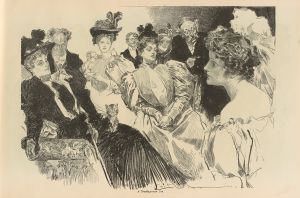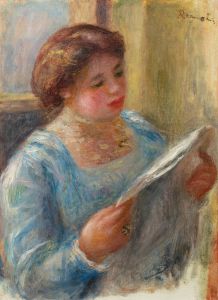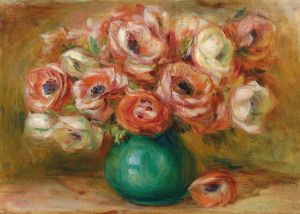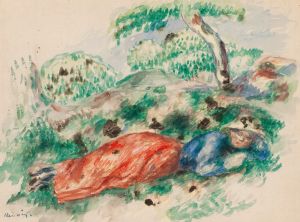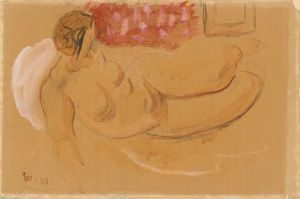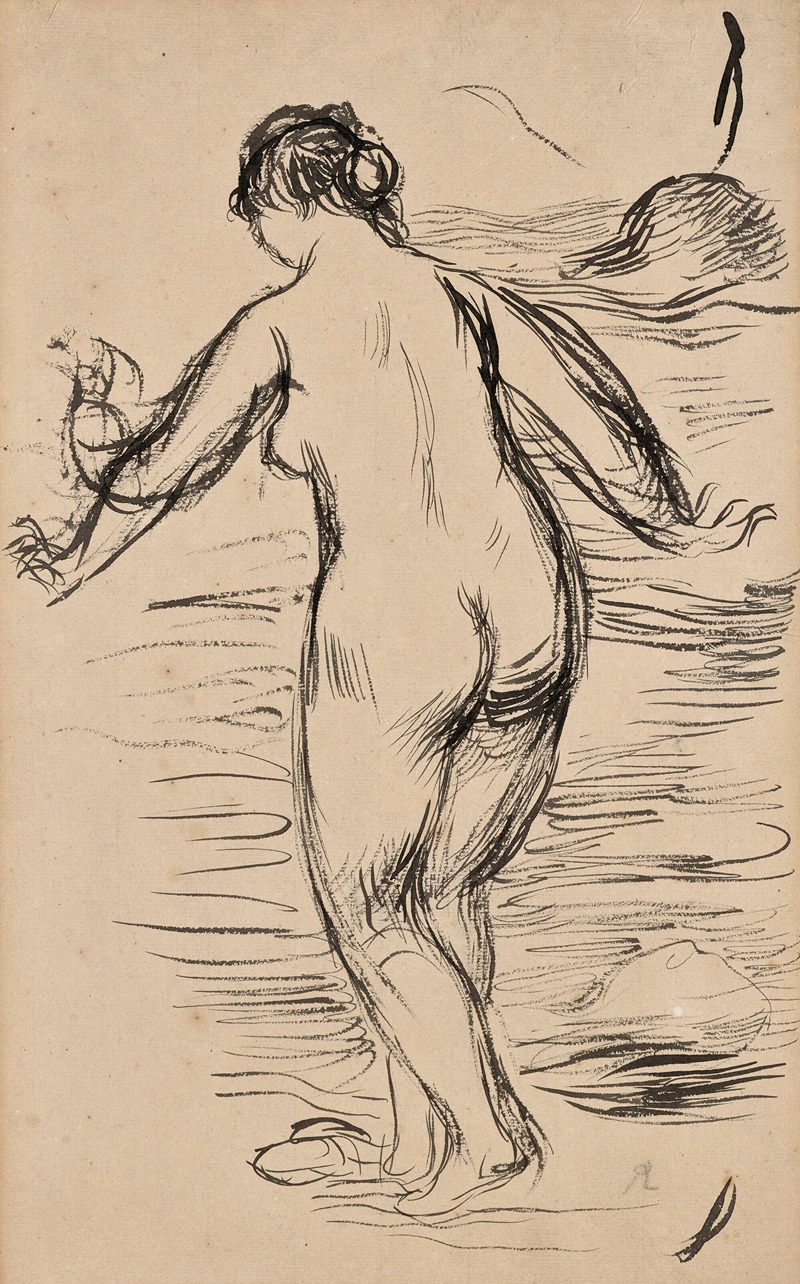
Baigneuse
A hand-painted replica of Pierre-Auguste Renoir’s masterpiece Baigneuse, meticulously crafted by professional artists to capture the true essence of the original. Each piece is created with museum-quality canvas and rare mineral pigments, carefully painted by experienced artists with delicate brushstrokes and rich, layered colors to perfectly recreate the texture of the original artwork. Unlike machine-printed reproductions, this hand-painted version brings the painting to life, infused with the artist’s emotions and skill in every stroke. Whether for personal collection or home decoration, it instantly elevates the artistic atmosphere of any space.
Pierre-Auguste Renoir's "Baigneuse" is a celebrated painting that exemplifies the Impressionist movement's focus on light, color, and everyday subjects. Renoir, a leading figure in this movement, is renowned for his vibrant depictions of people and landscapes, often capturing the leisure activities of Parisians in the late 19th century. "Baigneuse," which translates to "Bather," is one of Renoir's many works that explore the theme of the female nude, a subject he returned to frequently throughout his career.
Renoir painted "Baigneuse" during a period when he was deeply engaged with the Impressionist style, characterized by loose brushwork, an emphasis on the effects of light, and a vibrant color palette. This painting, like many of his works, reflects his interest in the human form and his ability to convey the softness and warmth of skin through his use of color and light. The depiction of the bather is both intimate and idealized, showcasing Renoir's skill in rendering the human body with a sense of natural grace and beauty.
The setting of "Baigneuse" is typically outdoors, a common choice for Renoir, who often painted en plein air to capture the natural light and its effects on the subject. The background is usually a lush, verdant landscape, which serves to highlight the figure of the bather. Renoir's use of light and shadow in this painting is particularly noteworthy, as it adds depth and dimension to the figure, creating a sense of realism and immediacy.
Renoir's "Baigneuse" is also significant for its reflection of the changing attitudes towards the depiction of the nude in art. During the 19th century, the portrayal of the nude was evolving, moving away from the classical and mythological themes that had dominated earlier periods. Instead, artists like Renoir began to focus on more contemporary and personal interpretations of the nude, often set in natural, everyday environments. This shift is evident in "Baigneuse," where the figure is presented in a relaxed, informal pose, emphasizing the natural beauty of the human form.
The painting is a testament to Renoir's mastery of color and form, as well as his ability to capture the ephemeral qualities of light and atmosphere. His brushwork in "Baigneuse" is fluid and expressive, contributing to the overall sense of movement and vitality in the painting. The use of warm, rich colors further enhances the sensuality of the scene, drawing the viewer into the intimate world Renoir has created.
"Baigneuse" is part of a broader series of works by Renoir that explore similar themes and subjects. These paintings collectively highlight his ongoing fascination with the interplay of light, color, and the human form. Renoir's work in this area has had a lasting impact on the art world, influencing subsequent generations of artists and contributing to the enduring popularity of the Impressionist movement.
Overall, "Baigneuse" is a quintessential example of Renoir's artistic vision and his contribution to the development of modern art. Through his innovative use of color and light, Renoir was able to capture the beauty and complexity of the human experience, leaving a legacy that continues to inspire and captivate audiences today.








